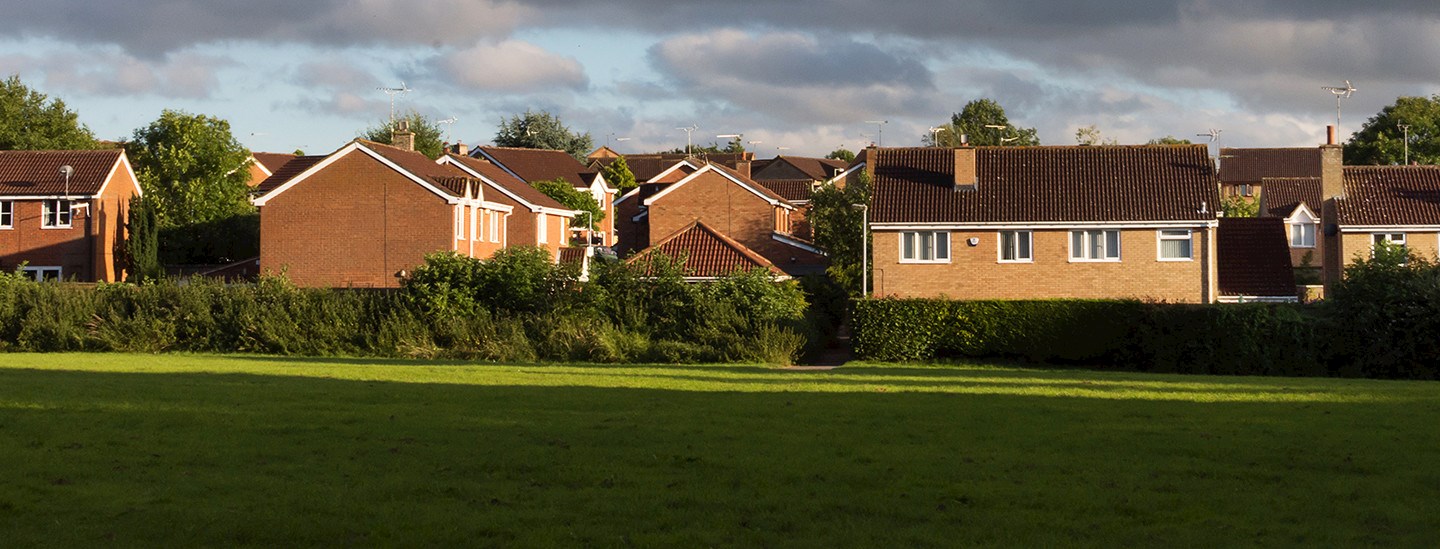A tornado can wreak havoc on any business and its employees. Having a business continuity plan which takes tornadoes into consideration may help you recover from a natural disaster faster and minimize business interruption. This tornado preparedness guide will give you tips on how to plan before and after a tornado, as well as how to file an insurance claim should a tornado disrupt your business.
- Pre-Planning your Business’ Safety before a Tornado Occurs
- Sheltering during a Tornado
- Post-Tornado Recovery Guidelines for your Business
- Filing a Commercial Tornado Damage Insurance Claim
Pre-Planning your Business’ Safety before a Tornado Occurs
According to the NOAA National Weather Service, in the U.S., tornado warnings are issued at an average of 11 minutes before a tornado touches down. You may receive warnings from your emergency outdoor warning siren system or local news. The Emergency Alert System (EAS) and National Oceanic and Atmospheric Administration (NOAA) Weather Radio also provide emergency alerts.
If you live in an area with a high probability of tornadoes, make sure to review your insurance coverage, communications and business continuity plans quarterly or annually with your Gallagher advisor. It is never too early to start planning or purchasing insurance. Most property insurance policies provide coverage for tornado damage to businesses.
Emergency Response and Business Continuity Planning for Tornado Preparedness
We recommend you review your emergency communications with your emergency response team. Equip your emergency kit to be prepared for any natural disaster, including tornadoes. Create an emergency kit including these sample documents below, and you can review and update annually to prepare your business and your employees in case of a tornado or other natural disaster:
- Meet with your emergency response team quarterly to review business continuity plans.
- Be sure your Business Continuity Plan has been updated and communicated, as well as your Business Interruptions and Extra Expense Claims.
- Review, revise and distribute your internal communication plan to ensure your employees know what to do and where to go for information if a tornado occurs.
- Ensure up-to-date Exterior and Interior Asset Inventories are documented and photos and/or video are included.
- Ensure your Emergency Listings are up-to-date.
- Update your Crisis Communications Planning Checklist.
- Update your Social Media and Disaster Communication Plan.
- Make sure your office is equipped with items on the Disaster Supply List.
- Review your Tornado Preparedness Checklist.
Sheltering During a Tornado
If a sudden tornado or severe thunderstorm strikes, recognize the dangers of rapidly increasing wind speeds, dark and greenish skies, large hail, and a loud roar. Safety, at this point, is the first order of business for your staff, employees and possible tenants. Seek shelter immediately, utilize the tornado preparedness checklist and use any previously mentioned safety guidelines in addition to those listed below.

